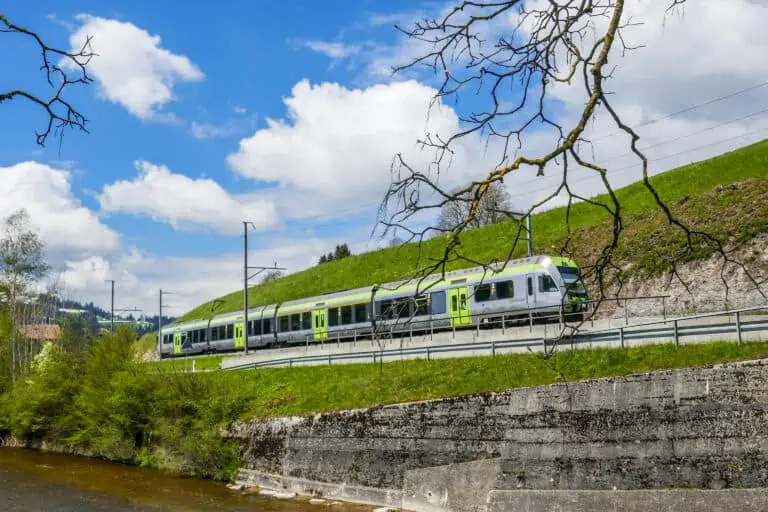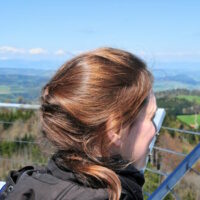Does it matter which type of train you take?
There are many different train types in Switzerland. In practice, it is rarely relevant which train you take. You can roughly divide them into two categories: long-distance trains and regional trains.
- Long-distance trains stop only in larger towns, are quicker, and are generally more comfortable.
- Regional trains are for shorter routes, stop at more locations, and are slower. They usually have fewer facilities. Still, many Swiss regional trains are very modern and very comfortable.
You simply take the train that takes you to your destination most efficiently according to the timetable, regardless of the train type.
There is no price difference between trains. If you have a ticket for a specific route, you can board any train on that route to your destination (exceptions may apply to some special tickets such as Supersaver tickets). Rail pass holders can board each train type as well.
Seat reservations are mostly not required. If they are, you have to pay for them separately.
Common train types
The Swiss timetable shows the type of train on the route you request. The main ones are:
- EC: EuroCity trains connect Switzerland with other countries.
- EN: EuroNight trains are overnight EuroCity trains.
- IC: InterCity trains connect the major cities within Switzerland.
- ICE: InterCityExpress is a high-speed train between Germany and Switzerland.
- IR: InterRegio trains connect regions within Switzerland and typically stop in cities and mid-size towns only.
- NJ: NightJet trains are international night trains.
- PE: Panorama Express trains are scenic tourist trains. For more details regarding the Glacier Express and other panoramic trains, please see our scenic train pages.
- R: Regio trains operate on relatively short routes and typically stop at all stations.
- RE: RegioExpress trains are similar to IR trains but often have more stops.
- RJX: Railjet Xpress trains operate between Austria and Switzerland.
- S: S-Bahn trains offer frequent connections in and around major towns and cities, and typically stop at all stations.
- TGV: the Train à Grande Vitesse offers high-speed connections from and to France.
Other websites of interest
- www.öv-info.ch: explanation of Swiss (PDF) timetables, symbols, and train types


